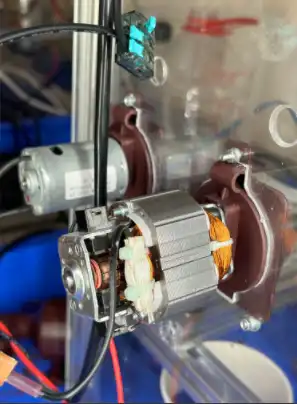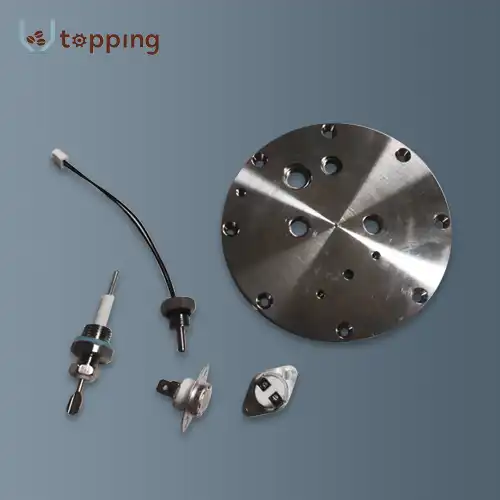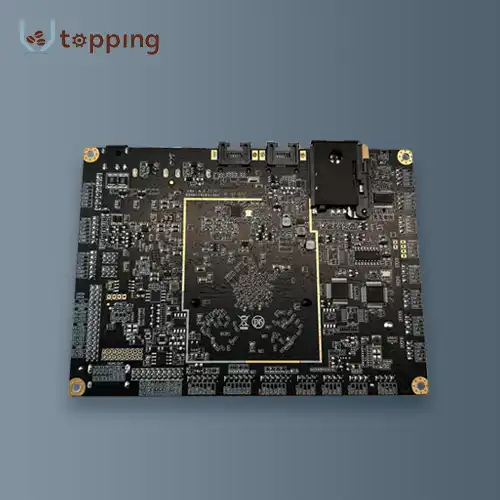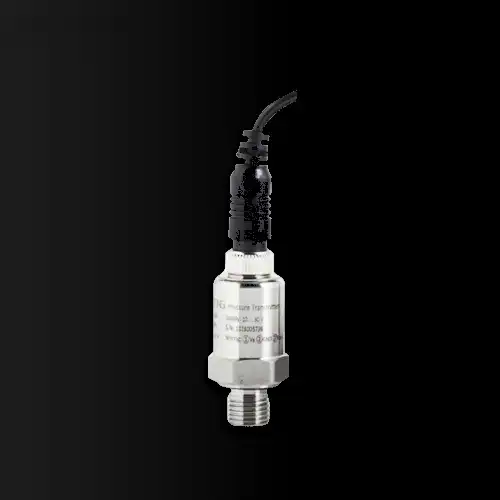How Can You Adjust Mixer Settings for Different Coffee Blends?
2024-07-10 16:01:13
Introduction
In the realm of espresso candy machines, the nature of the espresso served can altogether rely upon the coffee machine mixer settings. It is essential to adjust these settings to match various coffee blends for each cup. Whether you're managing a dull dish, a light mix, or in the middle between, understanding how to calibrate your espresso machine's blender can have a significant effect. To assist you in providing your customers with the highest quality coffee possible, this guide will go over the intricacies of adjusting mixer settings.
To get the best flavor from various coffee blends, it is essential to calibrate a blender for optimal flavor. This cycle includes changing different boundaries to guarantee that the espresso is blended impeccably, bringing about a fair and tasty cup.

Understanding Calibration
Calibration involves setting the mixer to the correct speed, duration, and intensity to match the coffee blend being used. This process can be complex as it requires an understanding of both the coffee machine and the characteristics of the coffee blend.
Step-by-Step Calibration Process
Identify the Coffee Blend: Different coffee blends have unique properties. A dark roast, for example, may require a different mixer setting compared to a light roast. Identify the specific blend you are using before starting the calibration.
Set Initial Parameters: Begin with the manufacturer's recommended settings. These are typically a good starting point for calibration.
Adjust Speed and Duration: Gradually adjust the coffee machine mixer speed and duration while tasting the coffee after each adjustment. Aim for a setting that produces a balanced flavor without over-mixing or under-mixing the coffee.
Test for Consistency: Once you find a setting that works well, test the coffee multiple times to ensure consistency. Consistent results are key to providing a reliable coffee experience.
Factors to Consider
Grind Size: The size of the coffee grounds can impact how well they mix. Finer grinds may require slower speeds, while coarser grinds might benefit from faster mixing.
Water Temperature: The temperature of the water used can affect the extraction process. Ensure that the water temperature is optimal for the coffee blend.
Machine Maintenance: Regular maintenance of the coffee machine, including cleaning and descaling, is crucial for accurate calibration and consistent results.
Expert Tips
Record Settings: Keep a log of successful settings for different coffee blends. This can save time and effort in future calibrations.
Customer Feedback: Use customer feedback to refine your calibration. Customers can provide valuable insights into the taste and quality of the coffee.
What Are the Best Practices for Adjusting Mixer Speed and Duration?
Adjusting the mixer speed and duration is critical for achieving the perfect coffee blend. Here are some best practices to ensure you get the most out of your coffee machine.
Understanding Mixer Speed and Duration
The speed at which the coffee machine mixer operates and the duration of the mixing process can significantly impact the final product. Faster speeds and longer durations can over-extract the coffee, while slower speeds and shorter durations can under-extract it.
Best Practices for Speed Adjustment
Start Slow: Begin with a slower speed setting and gradually increase it. This allows you to gauge the impact of speed on the coffee's flavor without risking over-extraction.
Monitor Extraction: Pay attention to the extraction process. If the coffee tastes too bitter or strong, reduce the speed. If it tastes weak or sour, increase the speed slightly.
Consider Blend Type: Different coffee blends may require different speeds. Dark roasts often need slower speeds, while light roasts can handle faster speeds.
Best Practices for Duration Adjustment
Initial Testing: Conduct initial tests with varying durations to find the optimal mix time for each blend.
Incremental Changes: Make small, incremental changes to the duration to avoid drastic differences in flavor.
Taste Testing: Regularly taste the coffee after each adjustment to ensure the desired flavor profile is achieved.
Combining Speed and Duration
Finding the right combination of speed and duration is key. Here are some tips:
Balance is Key: A balanced approach to speed and duration can help achieve the perfect extraction. Too fast or too long can lead to bitterness, while too slow or too short can result in a weak coffee.
Adjust Based on Feedback: Use feedback from taste tests and customers to fine-tune the settings.
How Can You Ensure Consistent Quality Across Different Coffee Blends?
Consistency is vital in the coffee business. Ensuring that each cup of coffee is of the same high quality, regardless of the blend, is essential for customer satisfaction.
Standardizing Processes
Standardization involves creating and following a set procedure for each coffee blend. This ensures that every cup is made the same way, maintaining quality and flavor.
Steps to Ensure Consistency
Document Procedures: Create detailed documentation for the preparation of each coffee blend, including coffee machine mixer settings, grind size, water temperature, and brewing time.
Training: Train all staff members on these procedures to ensure they understand and can replicate them consistently.
Regular Calibration: Regularly calibrate the coffee machines to maintain optimal settings. Even small deviations can affect the final product.
Monitoring and Quality Control
Implementing a robust monitoring and quality control system can help maintain consistency:
Regular Testing: Conduct regular taste tests to ensure the coffee meets quality standards.
Customer Feedback: Use customer feedback to identify any inconsistencies and make necessary adjustments.
Maintenance: Regular maintenance and cleaning of the coffee machines are crucial to prevent any issues that could affect consistency.
Adapting to Different Blends
Different coffee blends can behave differently during the mixing and brewing process. Here are some tips for adapting to these variations:
Understand the Blend: Learn about the characteristics of each blend, including its flavor profile, grind size, and ideal brewing conditions.
Adjust Settings Accordingly: Use the information about each blend to adjust the mixer settings, ensuring that each blend is prepared in the best possible way.
Consistency Logs: Keep logs of successful settings and procedures for each blend to ensure that these can be replicated.
Conclusion
Adjusting coffee machine mixer settings for different coffee blends is a critical aspect of operating a coffee vending machine. By calibrating the mixer for optimal flavor, adjusting speed and duration effectively, and ensuring consistent quality across blends, you can provide your customers with the best possible coffee experience. Regular testing, customer feedback, and detailed documentation are essential components of this process, helping to maintain high standards and meet customer expectations consistently.
References
1. How to Calibrate Your Coffee Machine(https://www.example.com)
2. Best Practices for Coffee Machine Mixers(https://www.example.com)
3. Ensuring Consistent Coffee Quality(https://www.example.com)
4. Adjusting Mixer Settings for Different Coffee Blends(https://www.example.com)
5. The Importance of Coffee Machine Maintenance(https://www.example.com)
6. Understanding Coffee Extraction(https://www.example.com)
7. Customer Feedback and Coffee Quality(https://www.example.com)
8. Standardizing Coffee Preparation Procedures(https://www.example.com)
9. Optimizing Coffee Machine Settings(https://www.example.com)
10. Training Staff for Consistent Coffee Quality(https://www.example.com)
Send Inquiry
Related Industry Knowledge
- Do coffee machines dispense cups?
- How can we ensure the control board for the vending machine follows industry standards?
- How Can You Identify the Right Spare Parts for Your Coffee Vending Machine?
- Does a grinder make a difference espresso?
- Do vending machines have cameras
- How to evaluate the performance and stability of the Control Board For Vending Machine?
- How Does Coffee Vending Machine Ingredient Canisters Design Affect Coffee Flavor?
- How does a Coffee Machine Pump work?
- What technologies are involved in upgrading the Vending Machine Board?
- Is the valve coffee machine suitable for beginners

.webp)






.webp)

